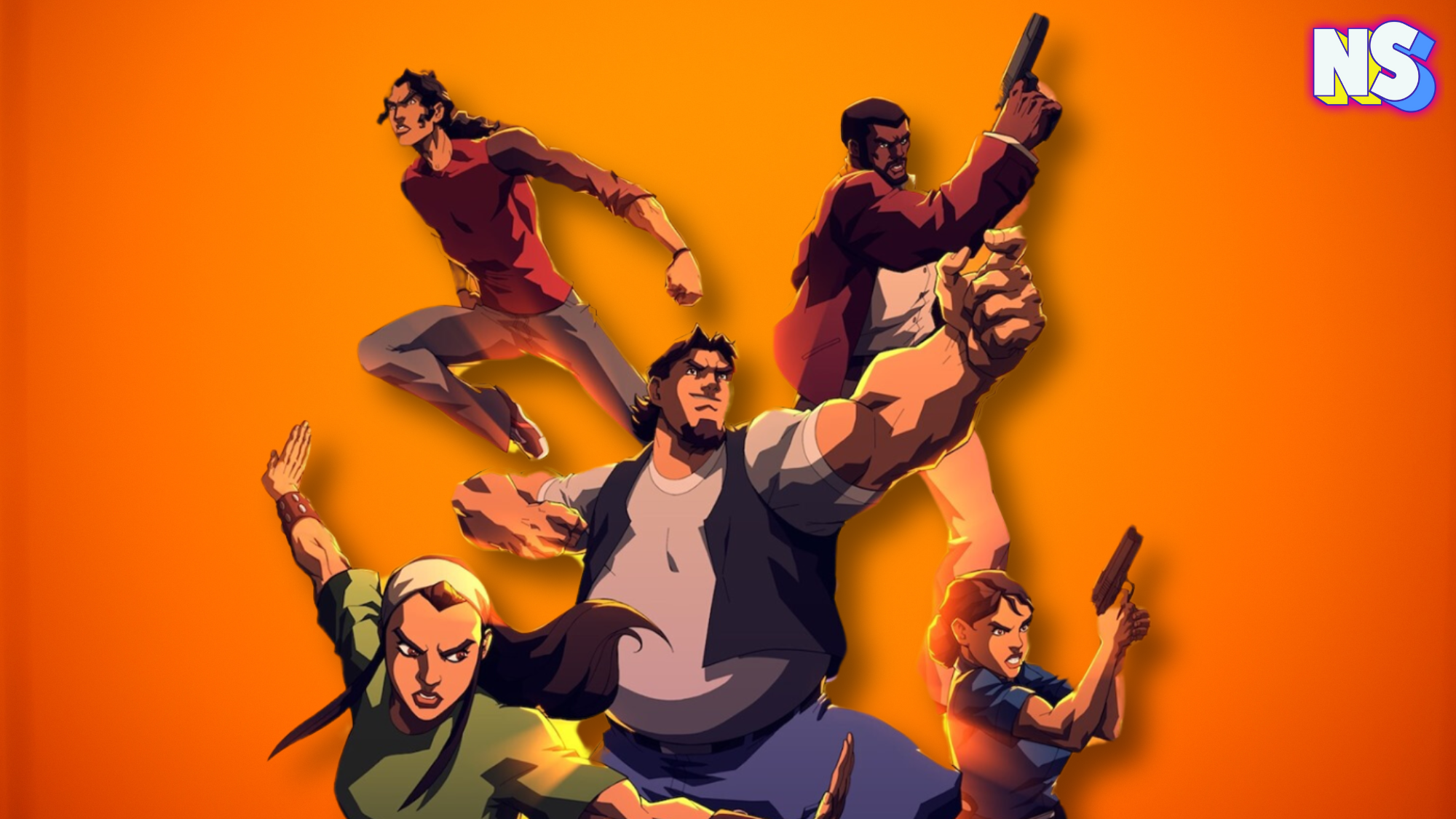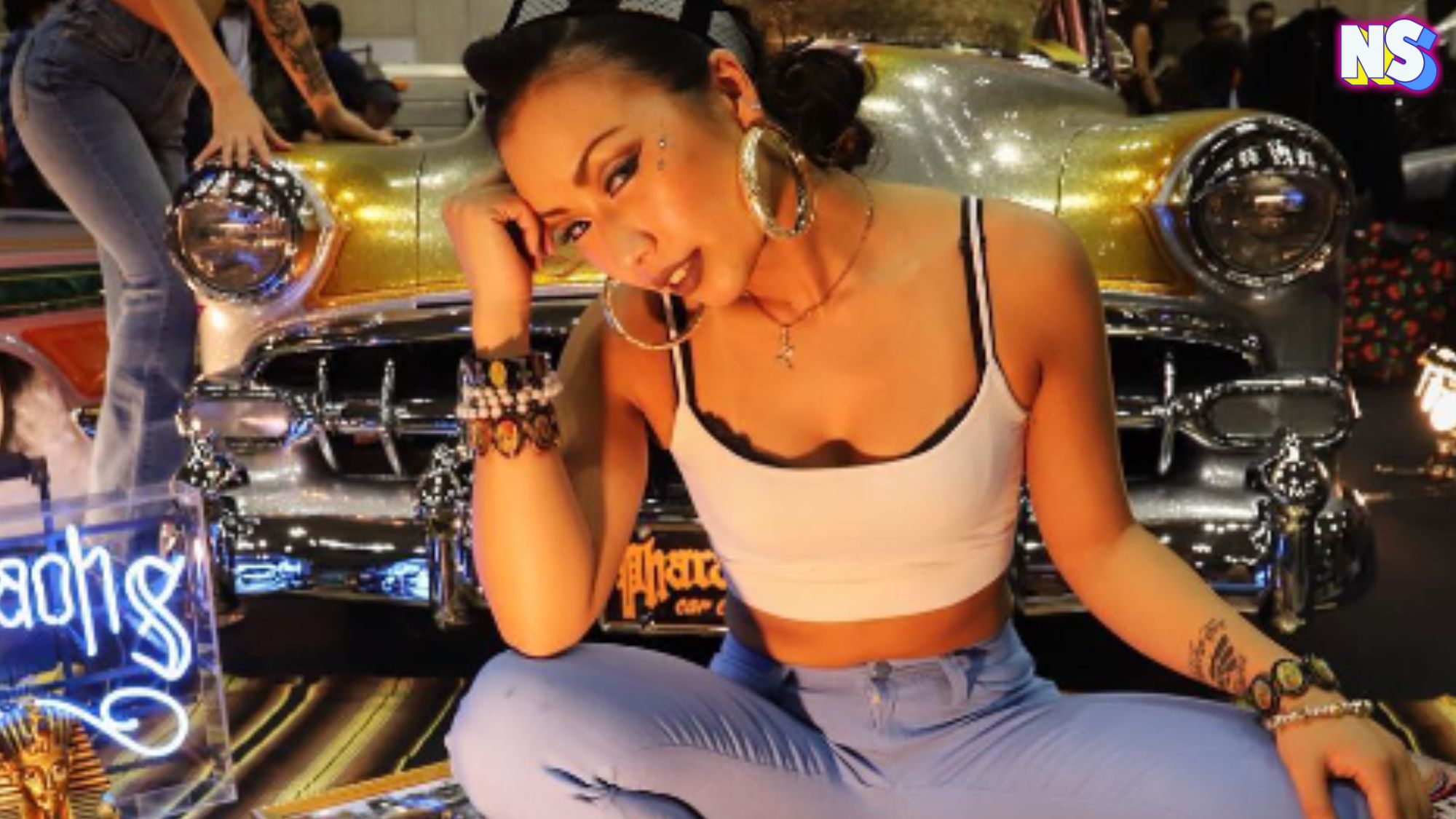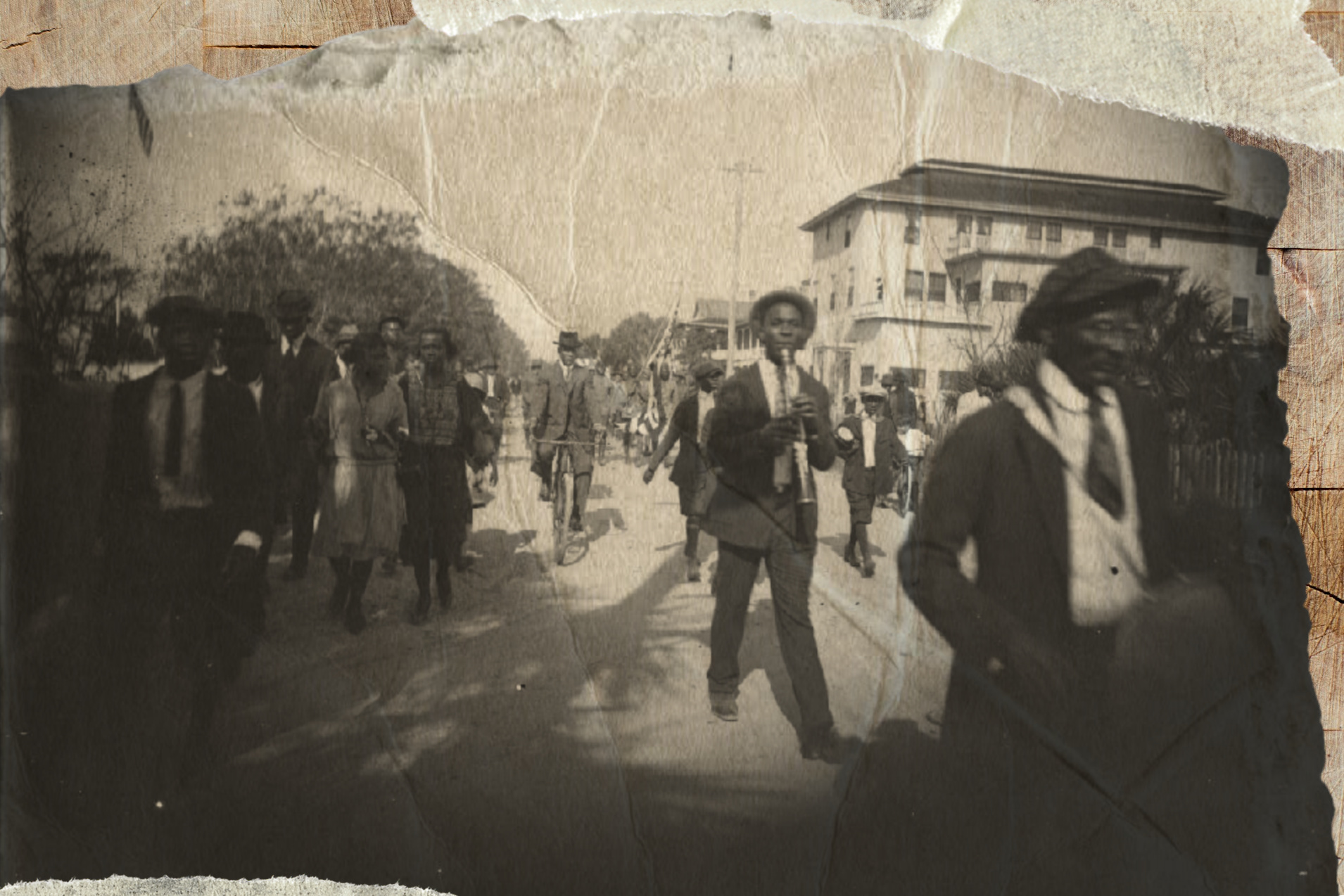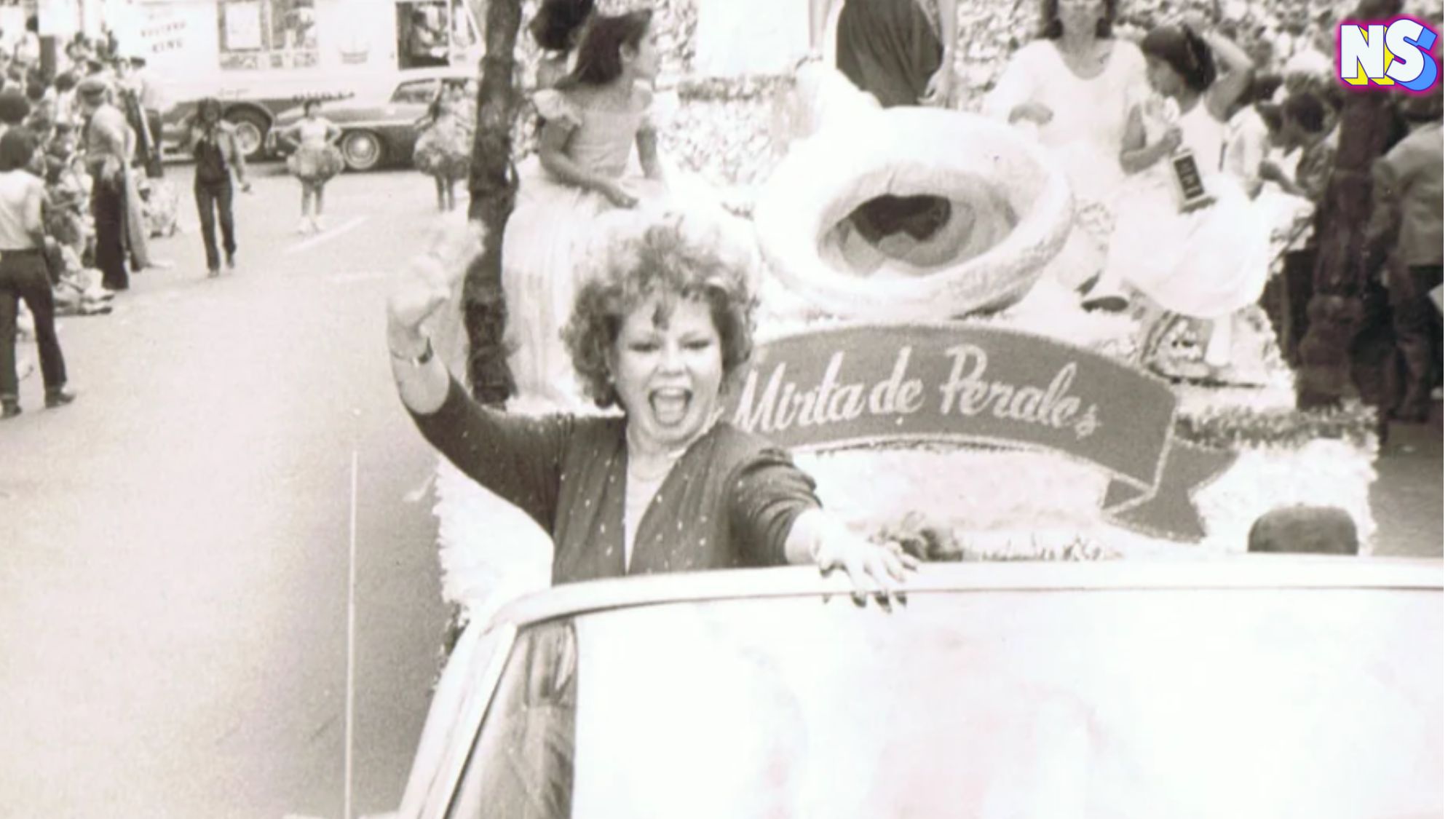Lots of action. Characters we love. Unique artwork.
It’s anime. Latino anime. And it’s loved by millions of kids and adults all over Latino America.
But how did Latino anime get its start?
Luckily for us, tracking down the origins of Latino anime is an easy ride down memory lane.
Let’s go!
What is Anime?
Quite simply, the word “anime” is derived from the English word “animation” but has come to refer specifically to Japanese animation, or cartoons. Anime encompasses a wide range of genres, including but not limited to action, adventure, romance, fantasy, science fiction, comedy, and drama.
Anime is characterized by its distinctive art style, which often features colorful and expressive characters with large eyes and exaggerated facial expressions. It often incorporates elements of Japanese culture, folklore, and mythology. Anime’s distinctive art can be hand-drawn or created using computer-generated imagery (CGI).
In addition to its visual style, anime is known for its diverse storytelling and thematic depth. It tackles a wide range of topics, from everyday life and coming-of-age stories to complex narratives with philosophical and psychological themes.
Anime series can span multiple episodes (like telenovelas), forming a longer narrative arc, while there are also standalone anime films. And it became popular across the globe thanks to television sets.
In the late 1960s, most homes in the United States and Latin American countries had television sets, with most shows broadcast in black and white.
In the 1970s, color TV sets became more common, but, unlike today, television viewers still only had a few stations to choose from. This left the youngest television viewers hungry for something good to watch. Something child friendly. Like cartoons. Here’s when Japanese anime entered most Latin American homes – from Central America to the Caribbean.
Broadcasters like XHGC, or Canal 5 in Mexico, turned to foreign-made cartoons for low cost content. Astro Boy became the first hit of the time.
In Miami, Speed Racer gathered up young fans. Then syndicator ZIV International mass distributed its new television programming specifically for the Latino American TV markets. They debuted four anime cartoons with Festival de los Robots! El Vengador! El Gladiador! Supermagnetrón! And El Galactico! Series like Dragonball Z, Sailor Moon and Saint Saiya (or better known as caballeros del zodiaco) also became popular in Spanish-speaking countries.
And, throughout the 1970s, 1980s, and 1990s, kids got hooked on dubbed anime – leading to toys, comic books, and more.
Anime also gained its significant following with young fans thanks to its unique artistic style, engaging storytelling, and the exploration of a wide variety of genres and themes. And bloody action scenes.
Kids were glued. The fact that they had nothing else to watch on TV for their age group played a big role in anime’s popularity. And Latino anime was born, which ended up sparking some controversy.
In Mexico (and probably other Latin American countries) most kids from the 90’s grew up watching anime. This was because open television and cable preferred to show anime than American TV (more or less). Also, the dubs were better and closer to the original than in the USA,” the site YourWiseInformation writes.
The Dark Days of Anime
In the 1990s, anime in Spanish-speaking countries faced its biggest controversy to date, according to our friends at Mangazine.
It started when the Japanese toy company Bandai, entered the Mexican market by partnering with Azteca TV, to replicate its success with anime in the European markets. Televisa soon followed, and anime was in most Mexican homes by 1996.
Mangazine explains that anime’s prevalence in Mexico, specifically, caught the eye of conservative talk show hosts and religious groups who denounced the actual content of the shows being distributed to young impressionable viewers.
In these conservative or traditional communities, anime’s portrayal of violence, sexual themes, or unconventional character designs were deemed controversial or inappropriate.
Additionally, in the instances where specific anime series sparked controversies or debates, parents and others encouraged others to burn their children’s anime toys (much like the Beatles records were burned publicly years earlier, in the United States, in the 1960s, due to Singer John Lennon’s comments about Jesus).
___
7 Popular Latino Anime Characters to Watch
According to the site FictionHorizon.com, top Latino anime characters are chosen by “considering their importance to the series, abilities, and general impact on pop culture.” Do you agree? Click here for the list of Top 20 Characters. (Link: https://fictionhorizon.com/best-latino-anime-characters/)
- Maria Ishida From A Silent Voice
- Io de Scylla From Saint Seiya
- Ricardo Martinez From The First Step
- Quetzalcoatl From Luck & Logic
- Sunshine From Kinnikuman
- Pedro Domingo From Excel Saga
- Dominique Millian From Grab My Obi Tight, OK?
__
While anime toys were being burned and criticized south of the border, the U.S. avoided all such controversies by dubbing the Japanese anime and heavily editing all graphics and story lines. YouTube channel, Get In The Robot, devoted to the world of anime, explains how the U.S. would change strong female protagonists to male protagonists to make the cartoons more realistic for young viewers. As a result, the anime cartoons watched by Spanish-speaking audiences have little in common with their edited and dubbed English-language counterparts.
By the 2000s, all controversies were in the past, and Latino anime got its wings.
Welcome to Latino Anime
The term “Latino anime” refers to anime or animated series and films that are produced in Latin America or feature themes, characters, or settings that are influenced by Latin American culture. It is a subgenre within the broader world of anime.
Latino anime often incorporates elements of Latin American folklore, traditions, history, and cultural references. It may explore topics that are specific to Latin American countries or address social and political issues relevant to the region. The characters in Latino anime may reflect diverse Latin American identities and experiences.
One example of a Latino anime is “Seis Manos,” a Netflix original series set in Mexico that combines elements of martial arts, crime, and supernatural elements. It blends anime-style animation with Latin American culture and folklore to create a unique storytelling experience.
It’s worth noting that while the term “Latino anime” is sometimes used to describe anime produced in Latin America, it can also refer to anime that has been dubbed or translated into Spanish or Portuguese for Latin American audiences.
In these cases, the original anime may come from Japan or other countries but has been localized for Latin American viewers.
Overall, Latino anime represents a fusion of anime aesthetics and Latin American cultural influences, providing a unique and distinct flavor within the world of animated storytelling.
While the concept of Latino anime is still evolving, it represents a fusion of Japanese anime aesthetics with Latin American culture, Latino anime may draw inspiration from Latin American folklore, mythology, history, or contemporary culture. So, thanks to a world of limited resources, Japanese anime snuck into millions of homes, in the past,to have a Latino anime future that is truly limitless.
____
This deep dive on Latino Anime is brought to you by the Nuestro Stories editorial team. The lead researcher on all things Latino anime here was Sofia Jones.





